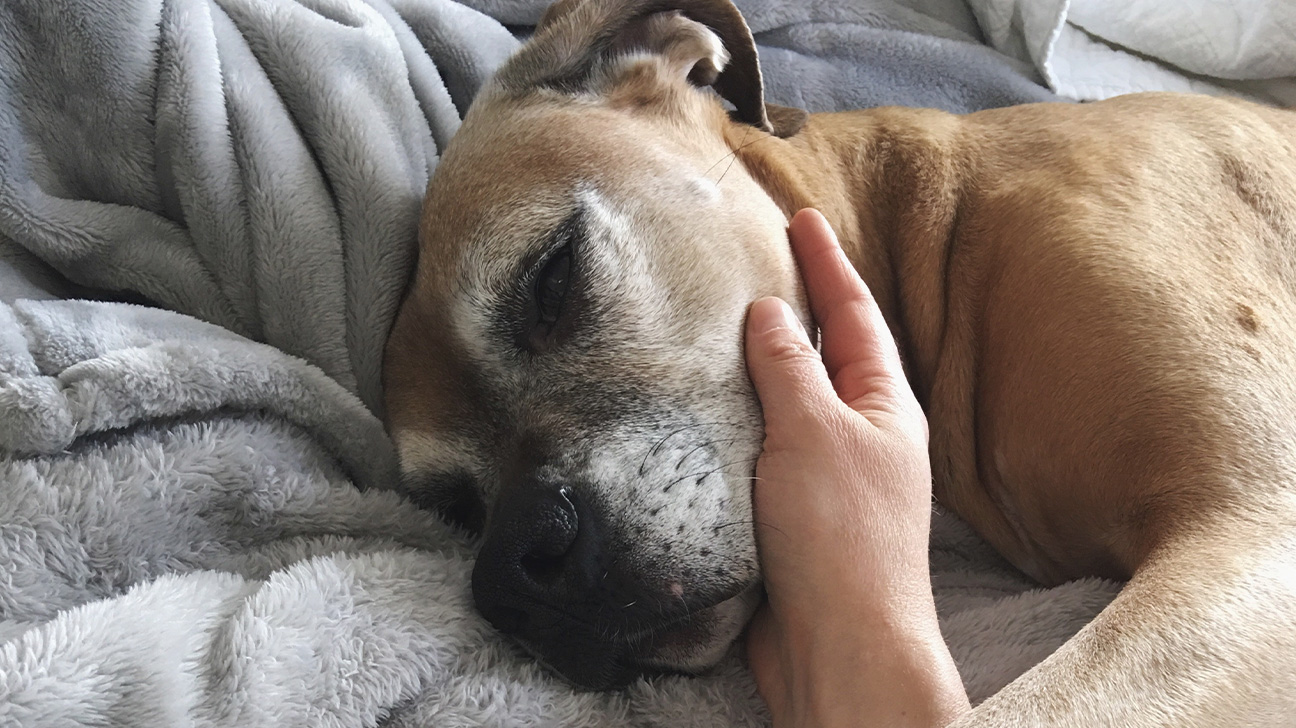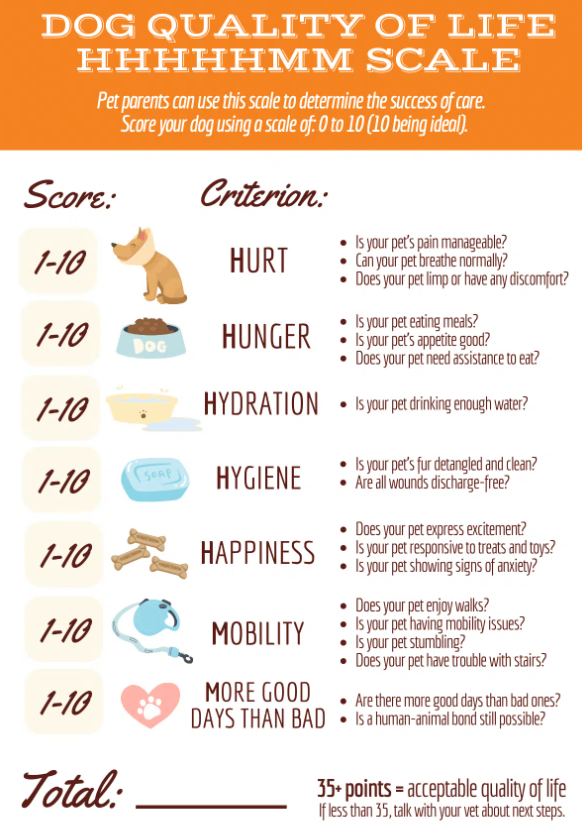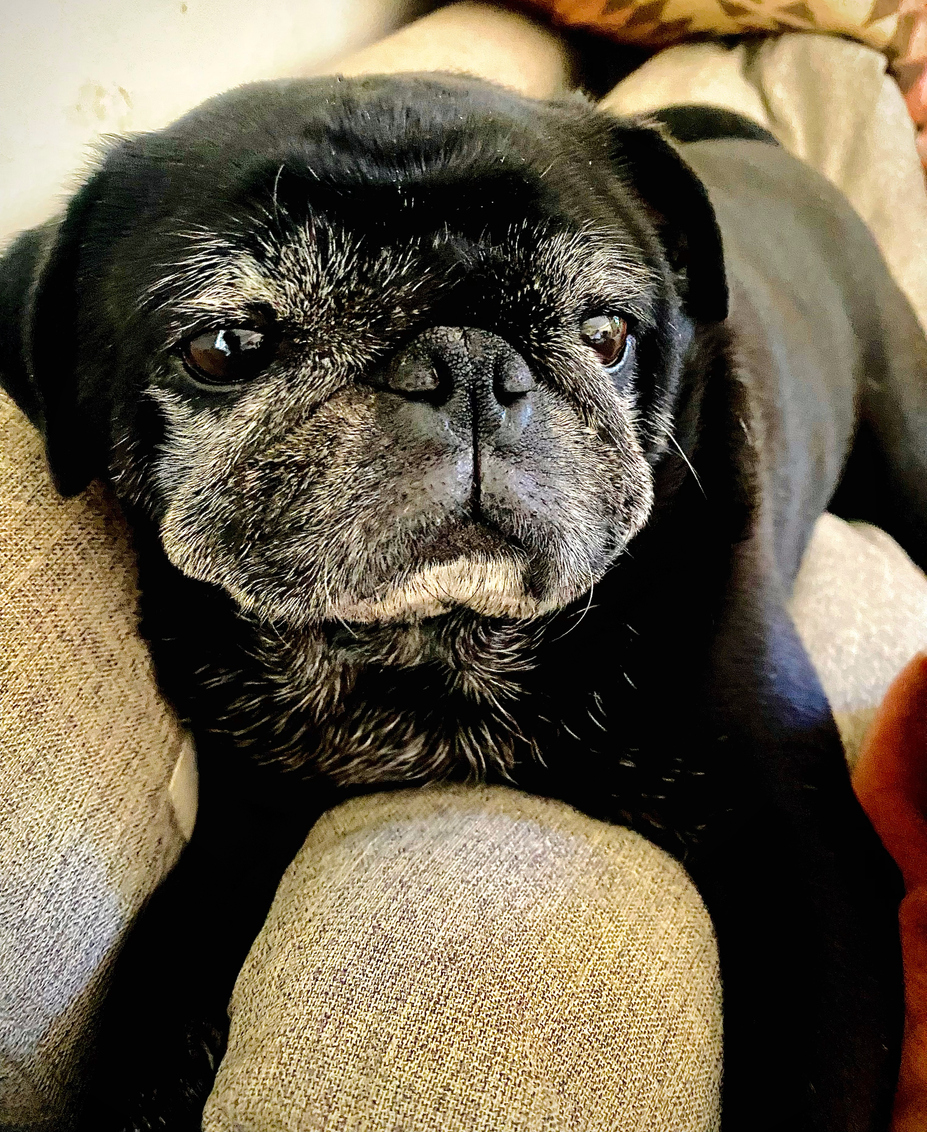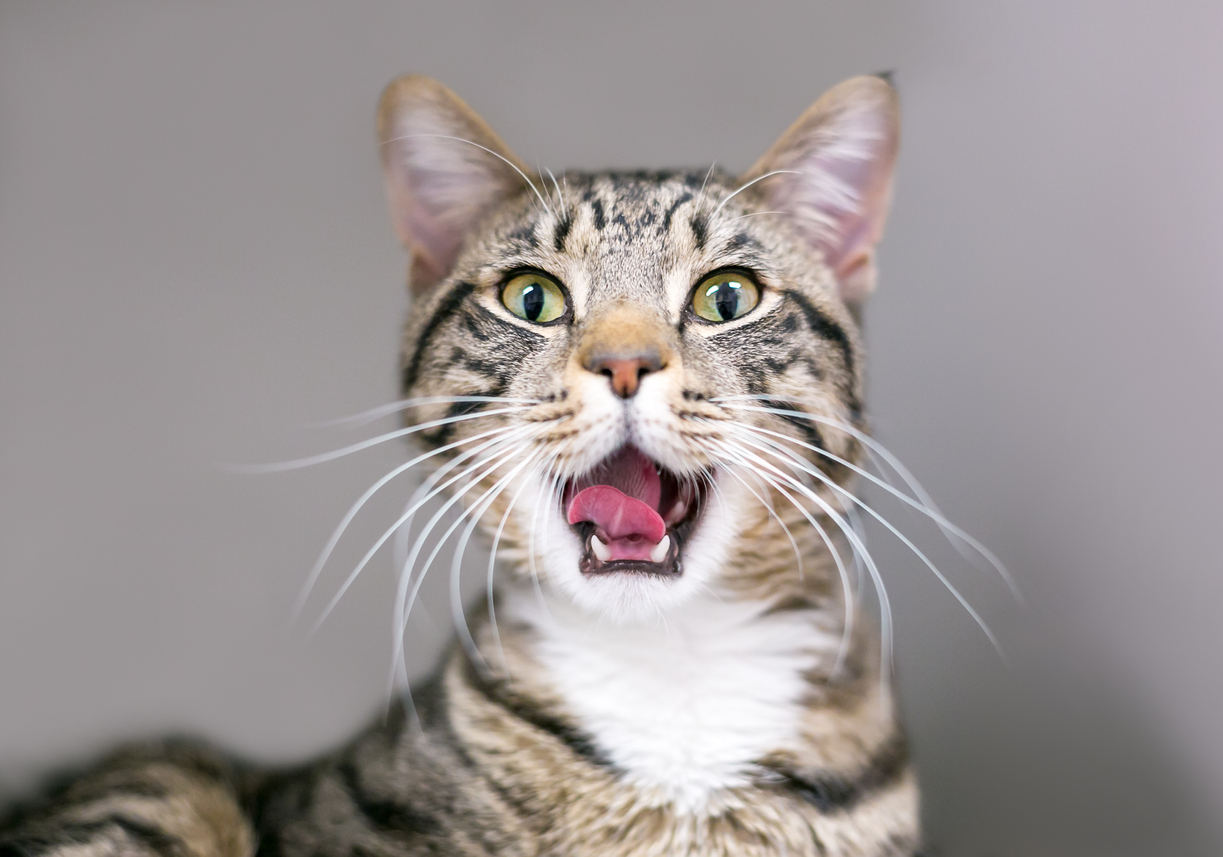Individual Nutritional Management to Optimise Patient Comfort for Cancer
The advancement of veterinary diagnostics and treatments has prolonged our pets’ lives and given insights into plans of care for cancer patients. However there has not been extensive research into nutritional management for these patients. For cancer patients, it is all about enhancing their quality of life and maximising their comfort level.
Inadequate Nutrition in Cancer Patients
Anorexia is commonly seen in cancer patients, resulting from the tumour itself and its treatments. As the body is in an inflammatory state, the signals to control appetite can be imbalanced. Patients receiving chemotherapy have altered olfactory and taste senses and experience side effects like food aversion, nausea, vomiting and gastrointestinal upset. In facial or gastrointestinal neoplasia, patients undergoing radiotherapy or recovering from surgery can have physical difficulties to eat normally, for examples, with dysphagia, gastrointestinal damage, dry mouth, stomatitis and pain.
The reduction in appetite and food intake can ultimately lead to a condition called “cancer cachexia”. We see weakness, lethargy, weight loss and muscle wasting in these patients. In these situations their nutritional intake and feeding habits should be reviewed and modified. Veterinarians can prescribe appetite stimulants to increase pets’ interest in food, as well as antiemetics and gastroprotectants to relieve the symptoms of nausea and vomiting. In cases with significantly reduced intake, assisted feeding may be needed. Hand-feeding or delivery of nutrition through enteric tube-feeding should be considered.
Identifying inadequate nutritional intake and its causes in individual patients is crucial to allow timely and on-point intervention.

Current Ideas on Cancer Diets
Many ideas on cancer diets emerge aiming to target cancer cell metabolism. A popular cancer diet option is low/no carbohydrate diet. This originates from the concept that some cancer cells preferentially consume simple carbohydrates like glucose and the metabolic wastes produced need energy to be processed. This results in inefficient energy usage because tumour grows with energy lost by the host (the Warburg effect). It was thought that by reducing carbohydrate in diet tumours can be “starved”. However later studies have shown that cancer cells undergo various metabolisms using different energy sources like fat and protein, not just glucose. It could be beneficial if the diets compose of more complex carbohydrates rather than simple ones.
Ketogenic diet, which is high in fat, is also popular due to the concept of “starving” the tumour. Yet high lipid content in food can exacerbate concurrent conditions (such as hyperlipidaemia, pancreatitis, enteropathy, etc) in cancer patients. Current research is insufficient to justify eliminating carbohydrates or boosting fat content in our pets’ diets. Raw diet is generally not recommended as cancer patients are often immunosuppressed, especially those undergoing chemotherapy or radiotherapy. They are more susceptible to infection and sepsis.
There is no general rule to say which type of diet is best suited for cancer patients. Instead, each patient has specific nutritional needs and concerns in relation to their health profile and treatment plans.
Formulating Nutrition Plan
Each pet is different and thus we have to tailor-make nutrition plans for individual patient with specific concerns. The universal goals for nutritional support in veterinary cancer patients are:
- Preserve lean muscles, prevent uncontrolled weight gain or loss
- Minimise adverse effects of tumour and its therapeutics
- Maximise comfort and quality of life
First we have to assess the patient with physical examination, medical history, dietary and husbandry history at home. This establishes a health and nutrition status. Expectations and targets should be discussed and defined between owner and veterinarian. It is good to set measurable short-term goals like ideal body weight or amount of energy intake should be attained within a certain timeframe.
We will need to identify current challenges of feeding. Not only do we have to worry about malnutrition, but also overnutrition. Many of geriatric cancer patients have obesity-derived health concerns and diet is a crucial tool to manage obesity. For both situations, your veterinarian will look into a suitable prescription diet and feeding regime to cater for individual needs, taking into account concurrent diseases such as kidney, liver and heart problems.
Some owners prefer home-cooked diets for palatability and bonding with pets. It is challenging to ensure that self-prepared food is balanced in nutrients and meets patient’s all-round need. If homemade diets indeed encourage feeding in malnourished patients, it is advised that the diet is reviewed by veterinary nutritionists to formulate a comprehensive plan.
Feeding smaller, more frequent meals is generally recommended as this sustains energy uptake throughout the day and reduces intolerance to food compared to a single large meal. Another point to note is any change to diet should be introduced gradually by adjusting portions of foods over several days to avoid sudden adverse reaction and gastrointestinal upset.
Pet owners know best how their beloved pets are like at home, how they eat, play, do their businesses and how they look usually. It is important for owners to keep a close eye on cancer patients’ health at home with parameters of body condition score, body weight, appetite and energy level, food and water intake, appearance and frequency of pee and poo. When you feel that your pets are not doing well on the current diet, reach out to your veterinarian and together we can design a comprehensive nutritional management plan.




